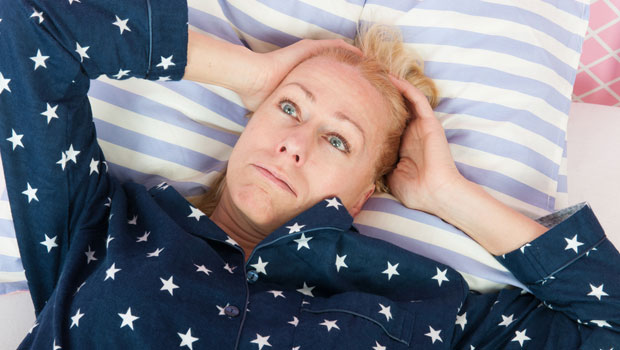Diabetes and Menopause – What You Need to Know

If you are a woman with diabetes approaching a certain age, there may come a point when it can feel as though you hit a wall with your diabetes self-care. Your blood sugar levels may become erratic, you might find you’ve gained a bit of weight, and you sleep restlessly.
What you may be experiencing is menopause. Menopause typically starts around age 50, but perimenopause, the beginning stages of menopause, can start as early as 40. At this time, the hormones estrogen and progesterone start fluctuating, causing hot flashes, moodiness, short-term memory loss, and fatigue.
For a woman with diabetes, fluctuating blood sugars can also be common with menopause. The tricky thing is that the symptoms of menopause are so similar to low blood sugar that it can be hard to distinguish between the two. More frequent blood sugar monitoring is essential to identify whether the symptoms you experience are caused by diabetes, menopause, or a combination of both.
Weight gain, although not inevitable, is common during menopause for women with and without diabetes. You also are prone to lose muscle mass and replace it with fat, usually in the abdomen, hips, and thighs. Without any changes in diet, you may find the scale creeping up.
Diabetes and menopause share several other symptoms, including vaginal dryness, vaginal infections and urinary tract infections. These are caused by reduced estrogen levels in menopause, and elevated glucose levels and nerve damage with diabetes. Treating the symptoms of vaginal dryness is important for comfort and avoiding vaginal infection.
There are ways to make yourself feel better during menopause, and regain stability with your blood sugar levels. First assess your current behaviors and see if you are doing anything that may trigger blood sugar fluctuations.
If your symptoms are strictly related to menopause, making some lifestyle changes may provide relief and help improve diabetes control. Some suggestions:
- Decrease or avoid alcohol and caffeine consumption.
- Keep your body cool by drinking ice water and sleeping in a cool room.
- Increase your intake of legumes, soy, and flaxseeds, which contain phytoestrogens that can relieve symptoms of menopause.
- Get adequate amounts of dairy and Vitamin D to keep your bones strong, since both menopause and diabetes increase your risk of osteoporosis.
- Be more vigilant monitoring your blood glucose levels, and strive for tighter control.
It’s good to study the similarities and differences between symptoms of diabetes and menopause to help you manage both. Take a closer look at your symptoms – Are there small differences you weren’t noticing before? When did they start?
Menopause can be frustrating; it’s important to remind yourself that these symptoms will lessen and ultimately go away. While going through the process, it may also be helpful to talk about your experience with a friend, family member, or medical professional. A support system is good to have, whether you are dealing with diabetes or menopause.
Fit4D is a patient-coaching program helping people with diabetes overcome complex barriers to diabetes medication adherence, leading them to a more enriching life. It offers a technology platform with intelligent scripting algorithms that enables expert diabetes educators to increase their capacity to deliver personalized care. You can learn more at fit4d.com.
Thanks for reading this Insulin Nation article. Want more Type 1 news? Subscribe here.
Have Type 2 diabetes or know someone who does? Try Type2Nation.